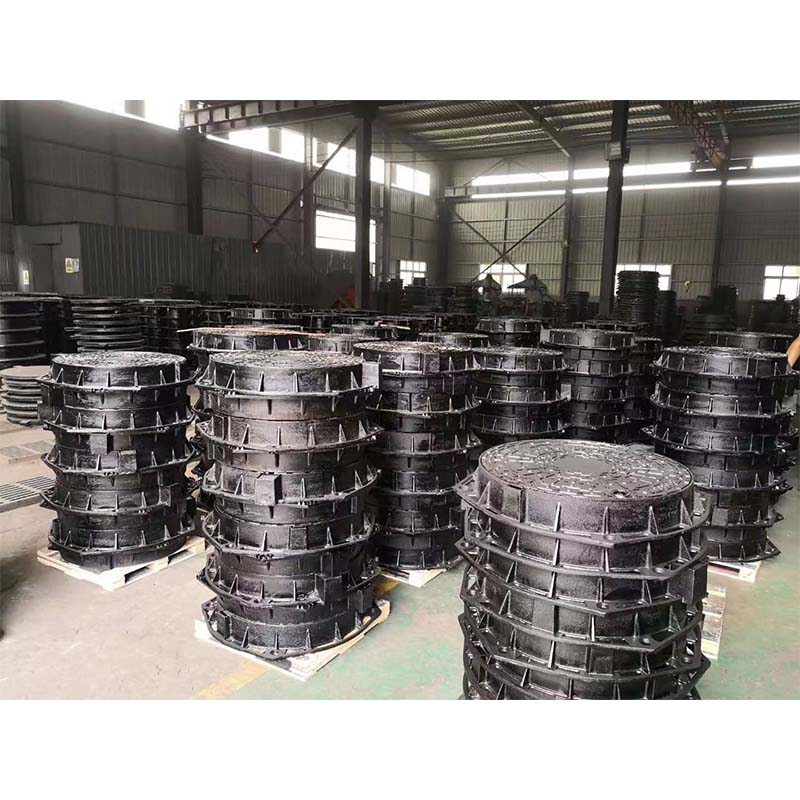Air Valve Decompression Mechanism for Enhanced Performance and Efficiency in Systems
Understanding Air Valve Release Importance and Mechanisms
Air valve release is an essential process in various mechanical and pneumatic systems, impacting performance, efficiency, and safety. This article aims to explore the concept, working mechanism, and applications of air valve release, highlighting its significance in numerous industries.
What is an Air Valve?
An air valve is a device designed to regulate the airflow in a system. It allows or restricts the passage of air through pipes or machinery, playing a crucial role in controlling pressure, volume, and velocity of air. Depending on the design, air valves can be operated manually or automatically, and they come in various types, including pressure relief valves, shut-off valves, and control valves.
The Functionality of Air Valve Release
Air valve release pertains to the specific action of venting excess air or pressure from a system. This process is vital in applications where the build-up of compressed air can create unsafe conditions, lead to equipment failure, or hinder operational efficiency.
When systems are subjected to high pressure, air valve release mechanisms activate, opening the valve to allow air to escape. This action equalizes pressure within the system, preventing catastrophic failures such as explosions or equipment damage. The speed and efficiency of air valve release are crucial; quick release mechanisms ensure that pressure is dropped rapidly enough to maintain safe operational levels.
Mechanisms Behind Air Valve Release
The working principles behind air valve release can vary based on the type of valve and its specific application
. Common mechanisms include1. Spring-loaded Valves These valves use a spring to keep the valve closed under normal operating conditions. When the pressure exceeds a preset limit, the force exerted by the air compresses the spring, allowing the valve to open and release air.
2. Pilot-operated Valves These valves use a smaller pilot signal to operate a larger valve. They are typically more efficient as they require less force to open. The pilot valve detects pressure changes and allows the larger valve to release air at the required levels.
air valve release

3. Electronic Controls In modern systems, electronic sensors monitor pressure levels and control the release process. This technology enables precise regulation of airflow, responding automatically to changes in system pressure.
Applications of Air Valve Release
Air valve release systems are critical in many applications across diverse industries
- Manufacturing In manufacturing processes where pneumatic machines are used, air valve release helps maintain optimal pressure levels. For instance, in robotic assembly lines, controlling air pressure ensures the machines operate correctly without risking damage.
- HVAC Systems In Heating, Ventilation, and Air Conditioning (HVAC) systems, air valve release maintains balanced air pressure. It prevents issues like ductwork damage or reduced efficiency.
- Automotive Industry In vehicles, air valve release regulates the pressure in braking systems, ensuring safe and effective operation. Anomalies in air pressure can lead to brake failure, making this component crucial for safety.
- Aerospace Aircraft systems utilize air valve release for controlling cabin pressure and maintaining operational safety during ascents and descents.
- Water Management In water supply systems, air valves prevent air locks in pipelines, which can impede flow and cause system failures. They allow trapped air to escape, ensuring smooth water transportation.
Conclusion
Air valve release is a fundamental aspect of many mechanical and pneumatic systems, playing a pivotal role in ensuring safety, reliability, and performance. Understanding the various types of air valves, their mechanisms, and applications highlights the importance of proper air management in preventing potential hazards. Whether in manufacturing, HVAC, automotive, or aerospace industries, effective air valve release systems contribute significantly to operational efficiency and safety standards. Investing in high-quality air valve systems and regular maintenance can lead to improved performance and longevity of equipment, ultimately benefiting businesses and consumers alike.
-
The Smarter Choice for Pedestrian AreasNewsJun.30,2025
-
The Gold Standard in Round Drain CoversNewsJun.30,2025
-
The Gold Standard in Manhole Cover SystemsNewsJun.30,2025
-
Superior Drainage Solutions with Premium Gully GratesNewsJun.30,2025
-
Superior Drainage Solutions for Global InfrastructureNewsJun.30,2025
-
Square Manhole Solutions for Modern InfrastructureNewsJun.30,2025
-
Premium Manhole Covers for Modern InfrastructureNewsJun.30,2025
